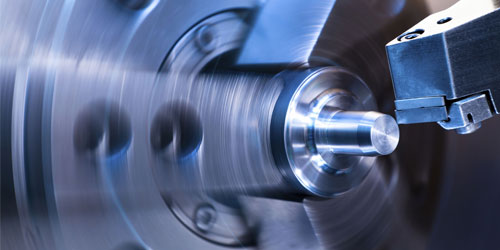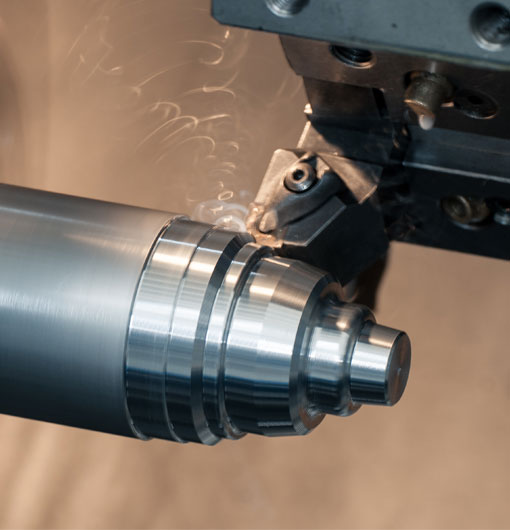Canned cycle turning〞specifically computer numerical controlled (CNC) turning〞is a nexus of modern manufacturing at its most intricate and fascinating. In this enlightening blog post, we'll delve into canned cycle turning, with hands-on examples to help new CNC operatives or trainees grasp this vital aspect of CNC lathe operations.
Understanding Canned-Cycle Turning
First, let's define our terms. 'Canned cycle' is a jargony term that refers to predefined series of machine toolpath movements. These series are 'canned' because they can be repeated any number of times by calling up a command, rather than programming each toolpath individually. It's a time-saver, an efficiency increaser, and a vital part of CNC operations.
Turning, in CNC terminology, refers to a specific type of machine motion commonly executed by a CNC lathe, where the workpiece rotates while the tool makes movements to create a cylindrical shape. Put those two together, and you get canned-cycle turning: predefined, repeatable series of toolpath movements causing the lathe to create intricate designs in a rotating workpiece.
Breaking Down Canned-Cycle Turning Codes
Numerous canned cycle turning codes exist within CNC programming, each having a specific purpose. Because each CNC machine may use slightly different programming languages (often variations of G-code), it's essential to refer to your machine's manual to understand the particular variants.
For illustration, let's consider G71, a common canned cycle turning G-code. The G71 canned cycle is used for roughing operations in turning. It grooves, feeds, turns and goes back to the initial position using just two lines of codes.
Consider this example:
N10 G71 U4 R1 N20 G71 P30 Q40 U3 W0 F0.2 N30 T0303 N40 G0 X40 Z2 M3 S1200 N50 G1 Z-25 F0.1 N60 X45 N70 G70 P30 Q60
Essentially, the G71 code (N10) is setting up the canned cycle for roughing, with 'U' representing the depth of cut and 'R' the amount for retraction.\
In N20, the code calls back the sequence, 'P' representing the beginning sequence and 'Q' the end. 'U' indicates the allowance for finishing along the X-axis, 'W' along Z-axis. 'F' sets the feed rate.
Then, it switches tool (N30), initialises starting position and spindle speed (N40), and begins cutting (N50) towards X-axis (N60). Finally, it finishes with the G70 finishing code (N70).\
Now you have a simple, but effective rough turning ready!
Benefits and Limitations of Canned-Cycle Turning
The primary advantage of canned cycle turning is its efficiency: repeatable series of toolpath movements are much quicker to program than individual actions. Additionally, the ease of programming, error reductions, quick alterations, and consistent quality are pros this methodology imbibe.
However, all that glitters isn't gold. Complexity might arise while programming intricate designs, and machine variations might demand time to understand the different languages.
Come what may, remember the crux of CNC operations〞the harmonious blend of technology and creativity. CNC turning cycles are not to bind you but to release your imagination, efficiently, effectively, consistently.
This blog hopefully sheds light on the mysteries of canned cycle turning, portraying it as it truly is: a pinnacle of efficiency, a bold fusion of creativity and technology, a testament to the wonders of modern manufacturing.
What comes next is the practical application, the hands-on, trial-and-error, button-pushing excitement of running your own CNC cycles. And perhaps, in that process, creating something new and incredible.
Adapt to the codes, revel in the magic of creations, and let's gear up for the future of manufacturing〞CNC Canned Cycle Turning.
canned cycle turning cnc examples pdf













